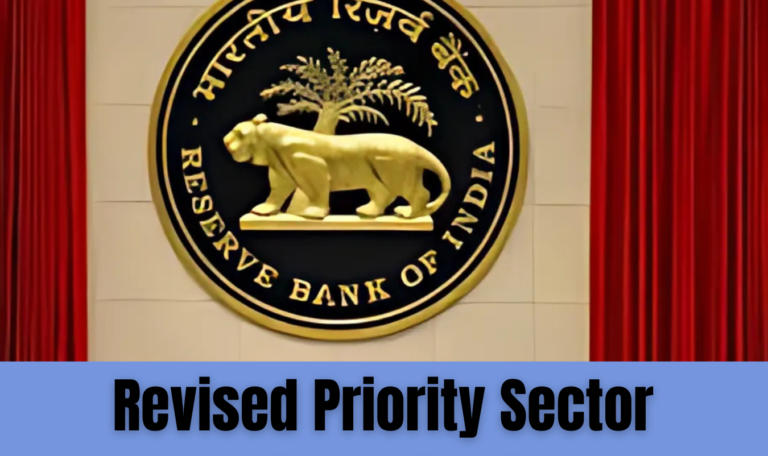Effective April 1, 2025, the Reserve Bank of India (RBI) has updated its Priority Sector Lending (PSL) guidelines, increasing loan limits for housing and expanding the scope for renewable energy sector loans.

Breaking Down the Revised PSL Guidelines.
The Reserve Bank of India (RBI) has rolled out some big updates to its Priority Sector Lending Guidelines (PSL), effective April 1, 2025. This blog lays out the changes in a clear way, showing how they’re set to boost financial inclusion, housing, and renewable energy in India. Let’s dig into what’s happening and why it matters, with a nod to how a loan consultancy like Hexafin fits into the mix.
What’s Priority Sector Lending?
PSL is all about making sure banks direct a chunk of their lending to key areas like agriculture, small businesses, housing, and now green energy. It’s a push to get credit flowing to parts of society that might otherwise miss out, such as rural farmers or small startups. The blog does a solid job explaining the backbone of the changes.
Here’s what’s new:
- Housing Loans Step Up
- Loan limits for housing are getting a bump: ₹40 lakh in metro areas (up from ₹35 lakh) and ₹30 lakh in smaller towns (up from ₹25 lakh). This tweak is aimed at helping more people, especially lower-income families, buy homes. Affordable housing projects under government schemes still qualify as PSL, which could spark more construction. For anyone looking at a loan, Hexafin could be a handy guide to navigate these new guidelines.
- Renewable Energy Expands
- The RBI’s giving green energy a bigger slice of the pie. Loans for projects like solar or wind are jumping from ₹30 crore to ₹40 crore, and household setups like rooftop solar go from ₹10 lakh to ₹15 lakh. Rural businesses can tap into this, too, with financing for solar pumps and energy-efficient tools. It’s a practical move for sustainability, and Hexafin could help folks secure the right loan under these updated guidelines Hexafin follows.
- MSMEs Get a Lift
- Small and micro businesses are seeing easier credit access, with special perks for women entrepreneurs and tech startups. The blog highlights how digital lending platforms will speed things up, making it simpler to grab a loan. Hexafin could step in here, offering advice that aligns with the guidelines Hexafin follows to help these businesses grow.
- Financial Inclusion Push
- The focus is on getting credit to rural and underbanked areas, with digital tools leading the charge. Banks will need to report their PSL progress more openly, and there are incentives for reaching remote districts. It’s a smart way to bridge gaps, and Hexafin might play a role in helping people understand how to access these loans.
What’s the Impact?
- Housing Growth: Higher loan limits could fuel a boom in affordable homes, with Hexafin ready to assist with loan options.
- Green Energy Push: Bigger loans mean more solar panels and wind turbines, supporting India’s clean energy goals.
- MSME Boost: Extra credit for small businesses could create jobs and spark innovation.
- Rural Reach: Digital lending and a rural focus mean more people get in on the action.
Challenges to Watch
It’s not all smooth sailing. Banks might find it tricky to adjust their lending setups, and there’s a risk of loans going unpaid if not managed well. Plus, getting rural folks clued in on these opportunities will take effort. Hexafin could help here by simplifying the guidelines Hexafin follows for everyday borrowers.
Conclusion
This paints a clear picture: these PSL changes are a solid move by the RBI to grow the economy while including more people. Housing, renewable energy, and small businesses are the big winners, and with Hexafin around to guide on loans, it’s easier to see how these guidelines Hexafin follows can work for regular folks. The updates kick in soon on April 1, 2025, so it’s worth keeping an eye on how they play out.

